Home>Home Maintenance>What Are Major Issues In A Home Inspection
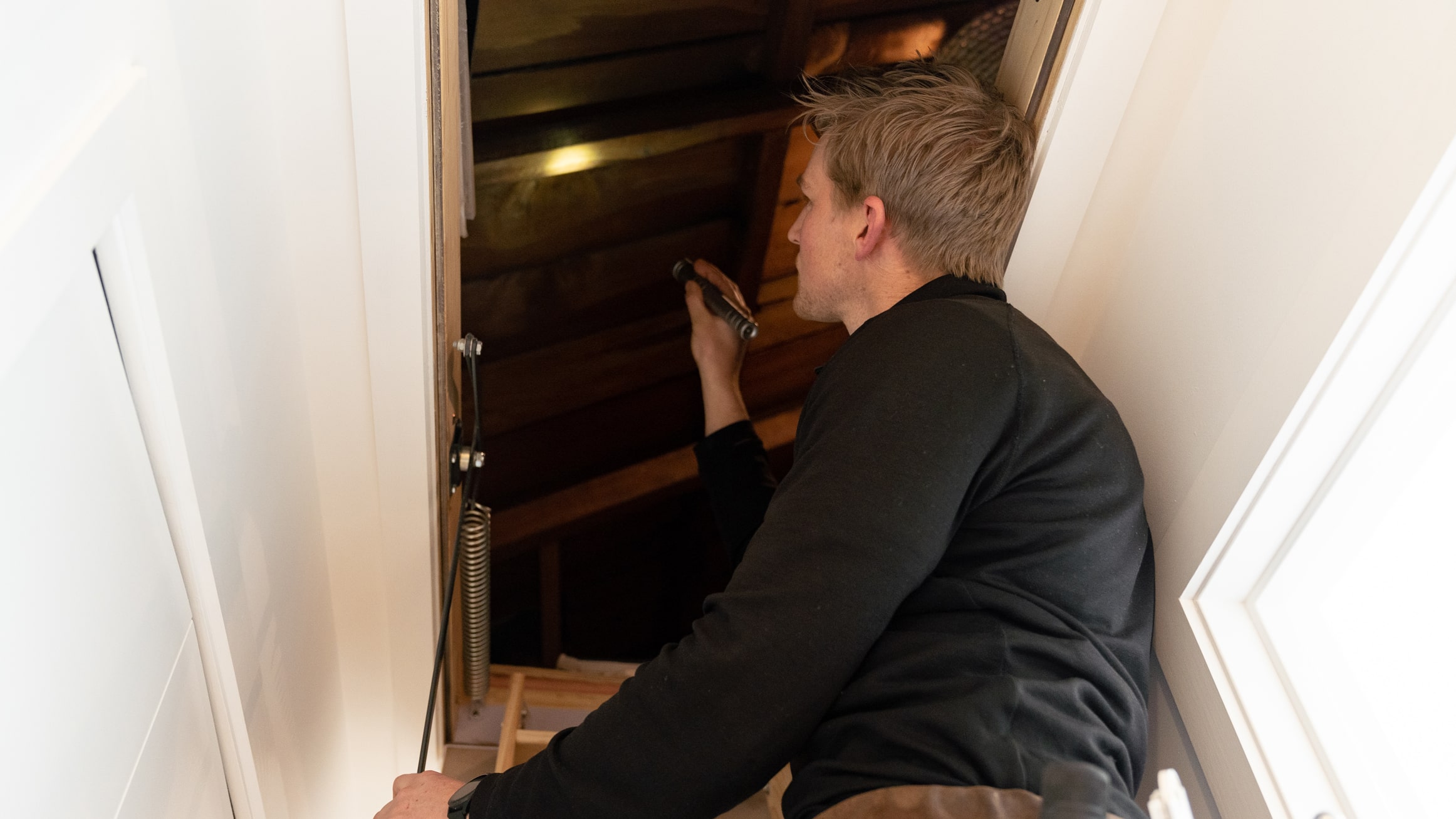

Home Maintenance
What Are Major Issues In A Home Inspection
Modified: March 6, 2024
Looking for a home inspection? Learn about the major issues that may arise during the process and how proper home maintenance can help address them.
(Many of the links in this article redirect to a specific reviewed product. Your purchase of these products through affiliate links helps to generate commission for Storables.com, at no extra cost. Learn more)
Introduction
Welcome to the world of home inspection, where you gain valuable insights into the condition of a property before making one of the most significant investments of your life. A home inspection is a crucial step in the home-buying process, as it helps identify any potential issues that may require attention or repairs. However, there are several major issues that can arise during a home inspection, which could have significant implications on the safety, functionality, and value of the property.
Understanding these major issues can empower you to make informed decisions and take appropriate actions when it comes to your home maintenance. So, let’s dive into some of the most common problems encountered during a thorough home inspection.
Key Takeaways:
- Choose a qualified home inspector from reputable organizations like ASHI or InterNACHI to ensure a thorough and reliable assessment of the property, minimizing the risk of unexpected repair costs and disputes.
- Actively participate in the home inspection process, ask questions, and seek additional specialized assessments if necessary to uncover potential issues and make informed decisions about your home purchase.
Read more: What Are Major Home Repair Items?
Lack of Qualified Inspectors
One of the major issues in the home inspection industry is the presence of unqualified or inexperienced inspectors. While there are many competent and professional home inspectors available, there are also those who lack the necessary expertise and training to accurately assess the condition of a property.
A lack of qualified inspectors can lead to several problems. First, an inexperienced inspector may overlook important issues or fail to identify potential problems that could have a significant impact on the safety and integrity of the home. This can leave home buyers with unexpected repair costs and even pose risks to their well-being.
Furthermore, an unqualified inspector may provide inaccurate or incomplete reports, which can lead to misunderstandings and disputes between buyers and sellers. It is essential to thoroughly research and choose a reputable and certified home inspector to ensure a thorough and reliable assessment of the property.
To avoid this issue, it is recommended to hire inspectors who are members of reputable professional organizations such as the American Society of Home Inspectors (ASHI) or the International Association of Certified Home Inspectors (InterNACHI). These organizations require their members to adhere to a strict code of ethics and undergo continuous training to stay updated on industry standards.
Additionally, it is a good idea to inquire about an inspector’s experience and qualifications before hiring them. Ask about their certifications, formal training, and years of experience in the field. A competent inspector should also be able to provide references from previous clients to verify their expertise and professionalism.
Remember, the quality of the home inspection largely depends on the qualifications and competency of the inspector. Taking the time to choose a qualified professional can provide peace of mind and ensure that any issues with the property are identified accurately.
Inadequate Inspections
Another major issue that can arise during a home inspection is the occurrence of inadequate inspections. This refers to situations where the inspection is not thorough or comprehensive enough to identify all potential problems within the property.
There are several reasons why an inspection may be inadequate. First, some inspectors may rush through the process, either due to lack of time or a desire to complete as many inspections as possible. This can result in important areas and components being overlooked or not given enough attention during the inspection.
Additionally, some inspectors may lack the necessary knowledge and expertise to properly assess certain aspects of a home. For example, they may not have a deep understanding of specific building systems or be familiar with local building codes and regulations. This can lead to a lack of attention to detail and potential oversights.
Inadequate inspections can have serious consequences for home buyers. Undetected issues that go unnoticed during the inspection can turn into costly repairs and maintenance down the line. This can lead to frustration, financial strain, and even compromise the safety and livability of the home.
To mitigate the risk of inadequate inspections, it is crucial to thoroughly research and choose a reputable and experienced home inspector. Look for inspectors who have a track record of performing thorough inspections and who take the time to explain their findings in detail.
Furthermore, make sure to accompany the inspector during the inspection process. This allows you to ask questions, gain a better understanding of the property, and ensure that all areas are properly examined. A reputable inspector will encourage your presence and actively involve you in the inspection.
If you have concerns about the thoroughness of the inspection, it may be worth considering additional specialized assessments. For example, hiring a separate expert to assess the electrical system, plumbing, or HVAC system can provide further peace of mind and ensure a comprehensive evaluation of the property.
Remember, a thorough and comprehensive inspection is crucial in uncovering potential issues and ensuring that you have a complete understanding of the property’s condition. By choosing a qualified inspector and actively participating in the process, you can minimize the risk of inadequate inspections and make a more informed decision about your home purchase.
Hidden Defects
Hidden defects are another major concern when it comes to home inspections. These are issues that are not easily visible or apparent during a routine inspection but can have significant implications on the condition and value of the property.
One common example of a hidden defect is water damage. Water leaks or moisture intrusion can often go unnoticed during a visual inspection, especially if they are hidden behind walls or under flooring. Over time, undetected water damage can lead to mold growth, structural issues, and compromised indoor air quality.
Another hidden defect that is frequently encountered is termite or other pest infestation. These pests can cause extensive damage to the structure of the home, but their presence may not be immediately visible. It requires a trained professional to identify the signs of infestation, such as termite tunnels or droppings.
Hidden defects can also include issues with the foundation of the home. Cracks or settlement problems may not be noticeable to the untrained eye, but they can lead to serious structural issues if left unaddressed.
Electrical problems can also be hidden defects, as faulty wiring or improper installations may not be apparent during a basic inspection. These issues can pose safety hazards and may require further investigation by a qualified electrician.
To mitigate the risk of hidden defects, it is important to ask the home inspector about any signs or indications of potential hidden problems. Additionally, it can be helpful to consult with specialists in areas such as mold testing, termite inspections, or structural engineering if you have concerns about specific areas of the home.
Understand that while a home inspection can uncover many visible issues, it is not always possible to identify every hidden defect. However, a thorough and experienced home inspector will be able to provide insights and recommendations based on their expertise.
It is also important to review the seller’s disclosure statement and ask for any past repair or maintenance records. This can provide valuable information about any previous issues that may not be immediately visible during the inspection.
Remember, hidden defects can have significant financial implications and impact the safety and livability of a home. While a home inspection is a crucial step in the buying process, it is important to be aware of the limitations and take additional precautions when necessary.
Structural Issues
Structural issues can have a significant impact on the safety, stability, and value of a home. These issues can range from minor concerns such as hairline cracks in the walls to more severe issues like foundation settlement or structural instability.
During a home inspection, the inspector will examine the structure of the home, including the foundation, walls, roof, and load-bearing components. They will look for signs of movement, settlement, or deterioration that could indicate structural issues.
One of the most common structural issues is foundation problems. Foundation settling, cracks, or shifting can lead to uneven floors, doors and windows that don’t close properly, and even structural failure if left unaddressed.
Other structural issues can include problems with the walls, such as cracks, bulging, or bowing. These issues may indicate underlying structural weaknesses or improper construction methods.
The roof is another area where structural issues can arise. Leaks, sagging, or missing shingles can indicate structural problems with the roofing system, which can lead to water damage and compromised structural integrity.
It is important to note that not all cracks or minor structural issues necessarily mean there is a major structural problem. Some minor cracks can be due to normal settling over time. However, it is essential to have a professional assessment to determine the severity and potential impact of any structural issues.
If structural issues are identified during a home inspection, it is important to consult with a qualified structural engineer or contractor. They can assess the severity of the problem and recommend appropriate repairs or remedies.
Addressing structural issues can be costly and time-consuming, but it is essential for the long-term stability and value of the home. It is advisable to obtain repair cost estimates and factor them into your decision-making process when purchasing a home with structural issues.
Remember, structural issues can compromise the safety and integrity of a home. It is crucial to have a thorough inspection and seek professional advice to ensure that any structural issues are properly identified and addressed.
Plumbing Problems
Plumbing problems are one of the major issues that can arise during a home inspection. A faulty plumbing system can lead to water damage, low water pressure, sewage backups, and an array of other issues that can significantly impact the functionality and livability of a home.
During the inspection, the plumbing system will be evaluated for potential problems. This includes checking the water supply lines, drainage systems, fixtures, and any visible signs of leaks or damage.
One of the most common plumbing issues is leaks, which can occur in the pipes, faucets, or fixtures. Even a small leak can waste a significant amount of water and lead to water damage over time. Leaks can also contribute to the growth of mold and mildew, posing potential health hazards.
Another plumbing problem that can be identified during an inspection is outdated or corroded pipes. Older homes may have plumbing systems made of galvanized steel or lead pipes, which are more prone to leaks and other issues. Upgrading to modern materials such as copper or PVC is often recommended to improve the longevity and reliability of the plumbing system.
Drainage problems can also be a concern. Insufficient slope or blockages in the drainage system can result in slow drains, backups, and potential water damage. Additionally, sewer line issues, such as root intrusion or pipe collapse, can lead to costly repairs and disruptions.
It is essential to have a thorough understanding of the condition of the plumbing system before finalizing a home purchase. If plumbing problems are identified during the inspection, it is recommended to consult with a professional plumber for a more detailed assessment and cost estimate of repairs or necessary upgrades.
Investing in a home with quality plumbing can save you from potential headaches and expenses in the future. A thorough inspection and addressing any plumbing issues beforehand can ensure a well-functioning and reliable plumbing system in your new home.
Remember, plumbing problems can lead to significant damage and inconvenience if left unresolved. Taking the time to assess and address these issues during the home inspection process is crucial for a smooth and worry-free homeownership experience.
Electrical Malfunctions
Electrical malfunctions are a significant concern during a home inspection. An outdated or faulty electrical system can pose safety hazards, increase the risk of electrical fires, and cause disruptions to the home’s functionality.
During the inspection, the electrical system will be evaluated for potential problems. This includes checking the wiring, outlets, switches, circuit breakers, and the overall condition of the system.
One of the most common electrical issues is outdated or inadequate wiring. Older homes may have outdated knob-and-tube or aluminum wiring, which can be prone to overheating and pose a fire risk. Upgrading the wiring to copper or more modern materials is often recommended to ensure safety and reliability.
Faulty electrical panels or circuit breakers can also be a concern. Panels and breakers that are outdated or overloaded can trip frequently, leading to disruptions in electrical supply and potential safety hazards. Upgrading to a larger capacity or more efficient panel may be necessary in some cases.
Another electrical malfunction that can be identified during an inspection is improper electrical installations or repairs. DIY electrical work or unqualified repairs can lead to code violations and safety issues. It is important to ensure that any electrical work in the home has been done by a licensed electrician and meets the local building codes.
Additionally, insufficient grounding or inadequate GFCI (Ground Fault Circuit Interrupter) protection in certain areas, such as bathrooms and kitchens, can pose electrical safety risks. These issues should be addressed to ensure the safety of the occupants.
Electrical malfunctions can be complex and potentially dangerous to assess and repair. If electrical problems are identified during the inspection, it is highly recommended to consult with a licensed electrician for a more in-depth evaluation and to determine the necessary repairs or upgrades.
Remember, electrical malfunctions can pose serious safety risks and disrupt the functionality of a home. Ensuring that the electrical system is in good condition and meets the necessary safety standards is essential for a safe and comfortable living environment.
HVAC System Deficiencies
The HVAC (Heating, Ventilation, and Air Conditioning) system is a key component of a home’s comfort and indoor air quality. During a home inspection, the HVAC system will be evaluated to identify any deficiencies or potential issues that may impact its functionality.
One common HVAC problem is improper maintenance or neglect. Lack of regular maintenance can lead to reduced efficiency, increased energy consumption, and even premature system failure. It is important to inquire about the maintenance history of the HVAC system and ask for documentation of regular servicing.
Inefficient or outdated HVAC systems can also be a concern. Older systems may be less energy-efficient and result in higher utility costs. Upgrading to a more efficient system can not only save on energy expenses but also improve the overall comfort and performance of the home.
Ductwork issues can also affect the performance of the HVAC system. Leaky or poorly insulated ducts can lead to air loss, reduced airflow, and decreased efficiency. Properly sealed and insulated ductwork is crucial to ensure optimal performance and energy efficiency.
The presence of mold or other contaminants in the HVAC system is a potential health concern. Mold growth, dirt, and debris in the ducts can worsen indoor air quality and may require professional cleaning or remediation to address the issue.
During the home inspection, the inspector will check the HVAC system’s operation, assess the condition of the components, and note any visible signs of damage or wear. However, it is important to keep in mind that a routine inspection may not uncover more in-depth problems or evaluate the system’s long-term reliability.
If deficiencies or potential issues are identified, it is advisable to consult with a qualified HVAC technician for a more detailed assessment and recommendations. They can provide insights into the system’s overall condition, suggest repairs or upgrades, and estimate any associated costs.
Remember, the HVAC system plays a vital role in maintaining comfort and ensuring good indoor air quality. Having a thorough understanding of its condition and addressing any deficiencies can contribute to a more comfortable and energy-efficient home.
When conducting a home inspection, pay close attention to the condition of the roof, foundation, electrical system, plumbing, and HVAC system. These are major areas that can have costly issues if not properly maintained.
Roofing and Guttering Concerns
The roof and guttering system of a home are crucial for protecting the structure from the elements and maintaining its integrity. During a home inspection, these areas will be carefully evaluated to identify any concerns or potential issues that may impact their performance.
One of the main roofing issues to look out for is damaged or deteriorating shingles. Missing, curling, or cracked shingles can compromise the roof’s ability to shed water effectively and protect the home from leaks. Additionally, the inspector will assess the overall condition of the roof, including the flashing, vents, and chimneys, to ensure they are in good shape.
Guttering concerns are often associated with insufficient maintenance or improper installation. Clogged or damaged gutters can result in water overflow, which can lead to water damage, flooding, and even foundation issues. The inspector will check for signs of blockages, debris accumulation, and ensure that the gutters are securely attached to the house.
Another potential concern with roofing and guttering is improper drainage. The slope of the roof and the placement and functionality of downspouts and drainage systems are important for effectively directing water away from the home’s foundation. Insufficient drainage can lead to water pooling and potential water damage to the structure or basement.
If issues with the roof or guttering system are identified during the inspection, it is important to address them promptly. Depending on the severity of the problem, repairs or replacements may be necessary to ensure the continued protection of the home.
It is advisable to consult with a professional roofing contractor for a more detailed assessment and a cost estimate for any required repairs or maintenance. They can provide insights into the overall condition of the roof and guttering system, identify any potential weaknesses, and recommend appropriate actions.
Regular maintenance of the roof and gutters is essential to prolong their lifespan and prevent potential issues. Clearing out debris from the gutters, inspecting for damage, and addressing small repairs or leaks can help maintain the integrity of these systems and prevent larger, more costly problems down the line.
Remember, the roof and guttering system are critical components of a home’s protection. Thoroughly assessing their condition and addressing any concerns can help ensure the long-term integrity and functionality of the property.
Pest Infestations
Pest infestations can be a major concern during a home inspection. These unwanted visitors can cause extensive damage, pose health risks, and create a significant nuisance for homeowners. It is important to identify and address any signs of pest infestations before finalizing a home purchase.
Common pests that may be encountered during a home inspection include termites, ants, rodents, cockroaches, and bed bugs. The presence of these pests can vary depending on geographic location and other factors, so it is important to be vigilant regardless of the specific pest.
Termites, for example, can cause significant damage to the structure of the home. They feed on wood, which can weaken the foundation and framework over time. Signs of termite infestation include mud tubes, discarded wings, and hollow-sounding wood.
Rodents, such as mice or rats, can also wreak havoc on a home. They can chew through wires, insulation, and even structural materials. Signs of rodent infestation include droppings, gnaw marks, and scratching noises.
Cockroaches are not only unsightly but can also trigger allergies and contaminate food and surfaces. They tend to thrive in areas with poor sanitation and can be challenging to eradicate. Signs of infestation may include droppings, egg casings, and a musty odor.
Bed bugs are another common pest that can cause sleepless nights for homeowners. These tiny insects feed on blood and can leave itchy bites. Signs of a bed bug infestation include live insects, bloodstains on bedding, and small black dots (fecal matter) on mattresses or furniture.
During a home inspection, the inspector will look for signs of pest infestations, such as evidence of droppings, nests, or visible insects. However, it is important to note that not all infestations are easily detectable with a basic inspection. In some cases, it may be necessary to consult with a pest control specialist for a more thorough assessment.
If signs of pest infestation are detected, it is crucial to address the issue before purchasing the property. Engaging the services of a professional pest control company can help eliminate the infestation and prevent future problems. It is also important to address any underlying causes of the infestation, such as eliminating food sources or sealing potential entry points.
Remember, pest infestations can be a serious problem with long-term consequences. Identifying and addressing these issues during the home inspection process is essential to ensure the comfort, safety, and value of your new home.
Environmental Hazards
Environmental hazards are a significant consideration during a home inspection. These hazards can have serious implications for the health and well-being of the occupants and need to be identified and addressed promptly.
One common environmental hazard is the presence of mold. Mold can grow in damp or poorly ventilated areas, such as basements, bathrooms, or areas with previous water damage. Prolonged exposure to mold can lead to respiratory issues and allergic reactions. During a home inspection, the inspector will look for signs of moisture intrusion, water damage, and visible mold growth.
Asbestos is another environmental hazard that may be present in older homes. Asbestos was commonly used in building materials such as insulation, flooring, and ceiling tiles. However, prolonged exposure to asbestos fibers can cause serious respiratory illnesses, including lung cancer and mesothelioma. An inspector will not be able to identify asbestos without specialized testing, but they may be able to point out potential materials that might contain it.
Radon is a naturally occurring radioactive gas that can seep into homes through cracks in the foundation. Prolonged exposure to high levels of radon can increase the risk of developing lung cancer. A home inspection may include a radon test to determine the level of radon gas in the home.
Lead-based paint is a concern in homes built before 1978. Ingesting or inhaling lead dust or flakes from deteriorating paint can lead to lead poisoning, particularly in young children. An inspector will typically point out potential areas of lead-based paint, but professional testing is necessary for a definitive determination.
Other environmental hazards to be aware of include volatile organic compounds (VOCs) from paints, solvents, or cleaning products, as well as the presence of electromagnetic fields (EMFs) from power lines or electrical equipment. While these hazards may not be as well-known or regulated as others, they can still pose potential health risks.
If an environmental hazard is identified during a home inspection, it is important to consult with the appropriate professionals for further evaluation and remediation. This may include mold remediation specialists, asbestos abatement contractors, or radon mitigation experts.
While not all environmental hazards can be completely eliminated, proper management and mitigation measures can be put in place to minimize risks. Making an informed decision regarding the presence of environmental hazards is essential for the health and safety of the occupants of the home.
Remember, identifying and addressing environmental hazards during the home inspection process is crucial to create a safe and healthy living environment for you and your family.
Code Compliance Issues
Code compliance is an important aspect to consider during a home inspection. Building codes are put in place to ensure the safety, functionality, and structural integrity of a property. Issues with code compliance can lead to potential hazards and may require costly modifications or repairs to bring the home up to current standards.
Code compliance issues can arise in various areas of the home, including electrical systems, plumbing, structural components, insulation, and accessibility features. An inspector will assess these areas to identify any potential violations or areas of concern.
Electrical code compliance issues may include improper wiring, insufficient outlets, or outdated panels without proper grounding. These issues can pose safety hazards and may require the attention of a licensed electrician to bring the system up to code.
Plumbing code violations can range from improper drain slope or venting to the use of outdated materials that are no longer approved. Compliance with plumbing codes is important to ensure proper functioning of the system and to prevent issues such as leaks and water damage.
Structural code compliance issues can include inadequate framing or insufficient support, which can compromise the stability and safety of the home. It is essential to identify any structural deficiencies and consult with a structural engineer for a more detailed assessment if necessary.
Insulation code compliance ensures energy efficiency and proper climate control within a home. Issues such as insufficient insulation or improper installation can lead to increased energy costs and discomfort for the occupants.
Accessibility code compliance is crucial for ensuring that the home is accessible for individuals with disabilities. This includes features such as ramps, doorways wide enough for wheelchair accessibility, and adaptations to bathrooms and kitchens that meet the necessary standards.
If code compliance issues are identified during the inspection, it is important to consult with the appropriate professionals to determine the necessary steps for bringing the home into compliance. This may involve hiring licensed contractors or specialists in the specific areas that require attention.
It is also advisable to consult with local building departments to understand the specific code requirements in the area. They can provide guidance and information regarding any recent updates or changes to the building codes that may affect the property.
Remember, addressing code compliance issues is essential for the safety, functionality, and value of the home. Ensuring that the property meets current building codes can provide peace of mind and minimize the risk of potential hazards.
Inaccurate or Incomplete Reports
One of the concerns that can arise during a home inspection is the possibility of receiving inaccurate or incomplete reports. The accuracy and comprehensiveness of the inspection report are crucial, as it serves as a vital document for buyers to make informed decisions about the property.
An inaccurate report may provide incorrect information about the condition of the home. This can lead to misunderstandings or even financial repercussions for the buyers, who may rely on the report to negotiate repairs or adjust the purchase price.
Incomplete reports can also be problematic, as they may fail to include important details or overlook potential issues. This can leave buyers unaware of hidden defects or required repairs that may significantly impact the value and usability of the home.
To minimize the risk of inaccurate or incomplete reports, it is crucial to choose a reputable and experienced home inspector. Research the inspector’s qualifications, certifications, and reputation, and ask for references if necessary. A competent inspector will provide a thorough assessment and be transparent about any limitations or areas that may require further evaluation.
Additionally, it is essential to be present during the inspection and actively participate in the process. This allows you to ask questions, gain a better understanding of the property, and ensure that all areas are thoroughly examined. Being involved in the inspection can also help in clarifying any potential misunderstandings or discrepancies in the final report.
If you have concerns about the accuracy or completeness of the report, it may be helpful to seek a second opinion or consult with specialists in specific areas of concern. Additional assessments by professionals, such as structural engineers or HVAC technicians, can provide further insights and ensure a comprehensive evaluation of the property.
Communication is key when addressing inaccurate or incomplete reports. If discrepancies are identified, it is important to engage in open and honest discussions with the inspector to seek clarification or resolve any misunderstandings. This can help ensure that any necessary revisions or amendments to the report are made.
Remember, the accuracy and completeness of the inspection report are vital for making informed decisions about the property. Taking the time to choose a qualified inspector, actively participate in the inspection, and address any concerns will help minimize the risk of receiving inaccurate or incomplete reports.
Legal and Insurance Implications
During a home inspection, it is important to consider the potential legal and insurance implications that may arise. Understanding these implications can help protect your interests and ensure a smooth and informed home-buying process.
From a legal standpoint, a home inspection can uncover issues that may have legal ramifications. For example, if the inspection reveals significant structural deficiencies or code violations, it may affect the legality of certain renovations or additions that were made without proper permits. This can result in potential fines, penalties, or the requirement to rectify any non-compliant work.
In addition, the inspection report may identify any potential environmental hazards, such as lead-based paint or asbestos, which may have legal requirements for remediation or disclosure to future buyers.
Insurance implications also come into play during a home inspection. Insurance companies may require specific inspections or certifications for certain systems or components of the home, such as the roof or electrical system, in order to qualify for coverage. An inspection report that highlights deficiencies or safety concerns may impact the availability or cost of insurance coverage.
Furthermore, a thorough home inspection can provide valuable documentation that may be needed for insurance claims in the future. If a significant issue is discovered after the purchase, having a detailed inspection report can help support your claim and potentially facilitate the resolution process.
It is important to review the legal and insurance requirements in your specific region or jurisdiction. Familiarize yourself with any local regulations regarding disclosures, permits, or mandatory inspections to ensure compliance and protect yourself from potential legal or insurance issues.
Working with a qualified home inspector who understands the legal and insurance implications can be beneficial. They can provide insights into potential issues that may have legal or insurance implications and can document their findings in the inspection report accordingly.
It is also advisable to consult with your real estate agent and insurance provider to ensure that you are fully informed about any legal or insurance considerations related to the inspection and purchase of the property.
Remember, understanding the legal and insurance implications of a home inspection is crucial to protecting your interests and ensuring a smooth transition into homeownership. Taking the time to educate yourself and seek guidance from professionals can help mitigate potential risks and ensure a positive home-buying experience.
Conclusion
Home inspections are an essential part of the home-buying process, providing valuable insights into the condition of a property. Throughout the inspection, several major issues can arise that may have significant implications for the safety, functionality, and value of the home.
From the lack of qualified inspectors to inadequate inspections, hidden defects, structural issues, plumbing problems, electrical malfunctions, HVAC system deficiencies, roofing and guttering concerns, pest infestations, environmental hazards, code compliance issues, inaccurate or incomplete reports, to legal and insurance implications, each of these concerns must be carefully considered and addressed.
To navigate the complex world of home maintenance and ensure a comprehensive and engaging article, it is essential to balance the technical aspects with a human touch. By infusing insights, details, and storytelling techniques, the article can capture the readers’ attention and provide them with a deeper understanding of the subject matter.
Remember, when it comes to home inspections and the major issues that can arise, knowledge is power. Thoroughly researching and choosing a qualified inspector, actively participating in the process, and seeking additional specialized assessments when necessary can help uncover potential problems and ensure that you make informed decisions about your home purchase.
By addressing these major issues proactively and taking the necessary steps to address any concerns, you can navigate the home-buying process with confidence and set yourself up for a safe, functional, and enjoyable living environment.
In conclusion, a comprehensive home inspection, along with a thorough understanding of the major issues that can arise, is crucial to maintaining and preserving the value and integrity of your home for years to come.
Frequently Asked Questions about What Are Major Issues In A Home Inspection
Was this page helpful?
At Storables.com, we guarantee accurate and reliable information. Our content, validated by Expert Board Contributors, is crafted following stringent Editorial Policies. We're committed to providing you with well-researched, expert-backed insights for all your informational needs.





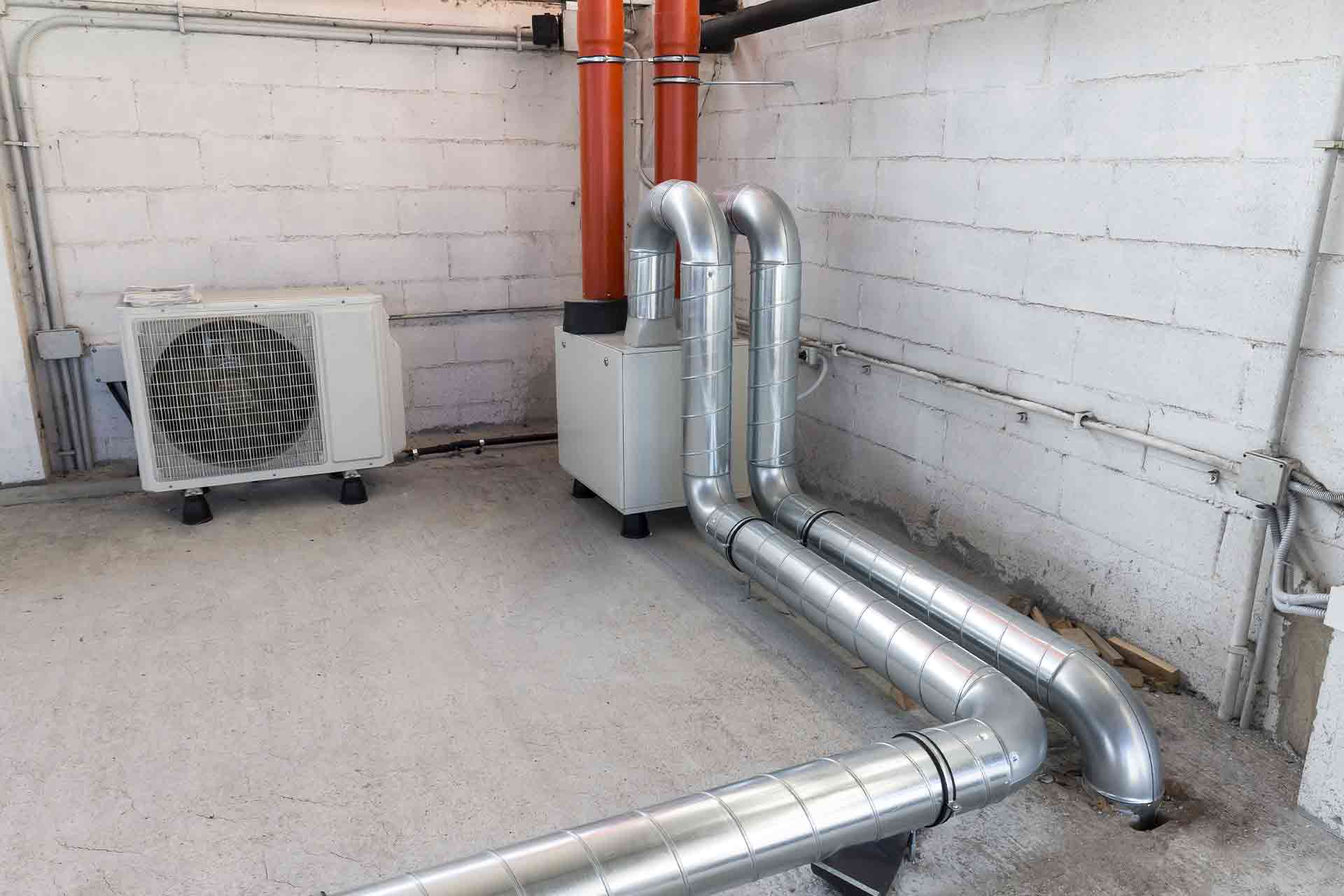
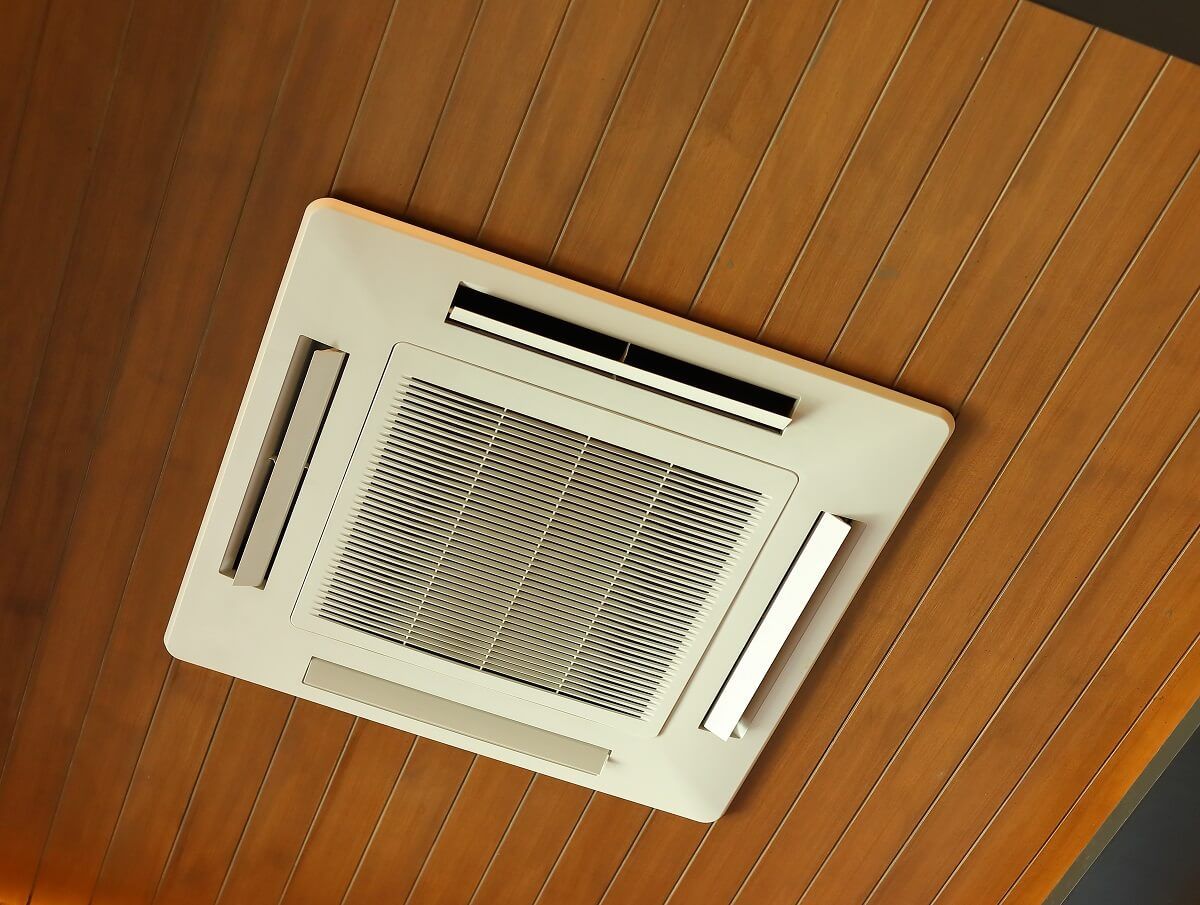
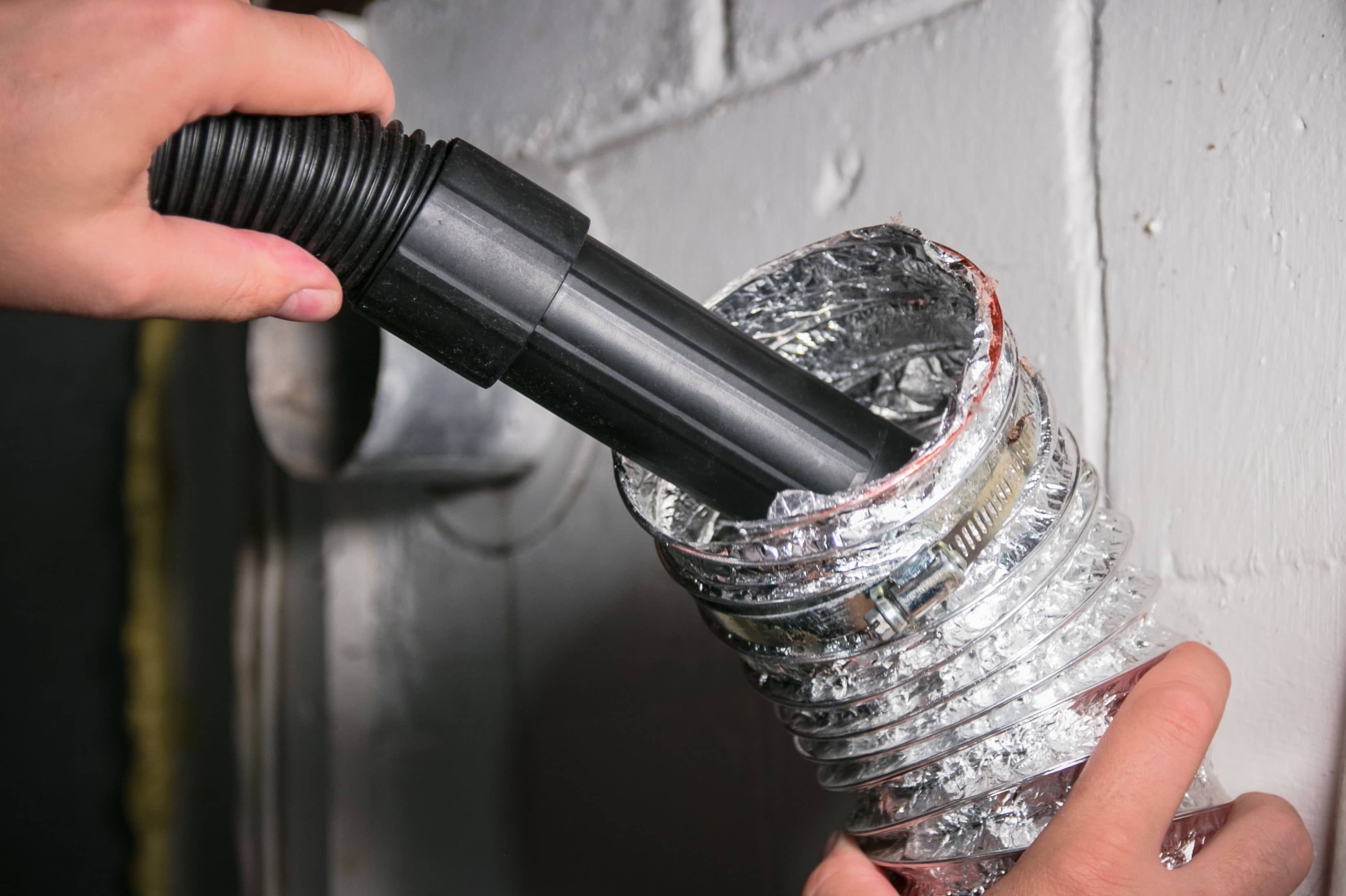
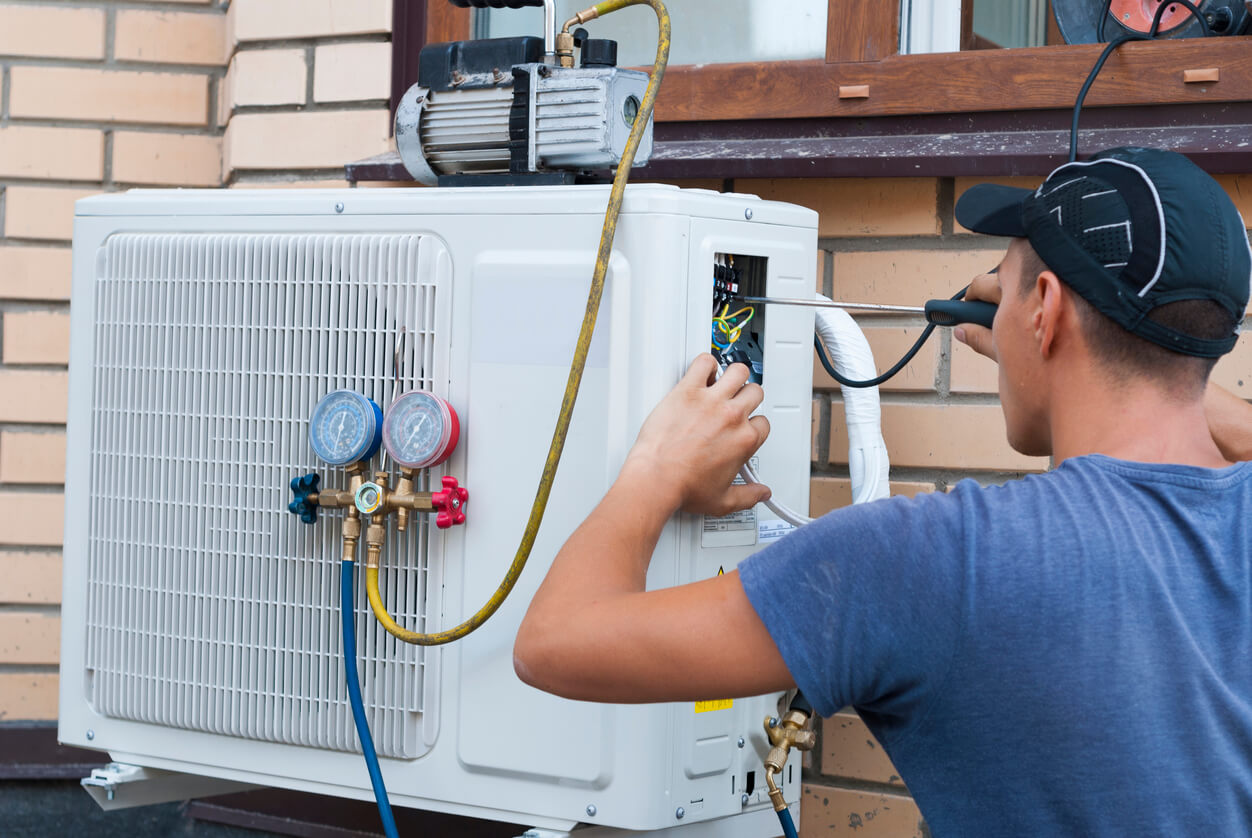
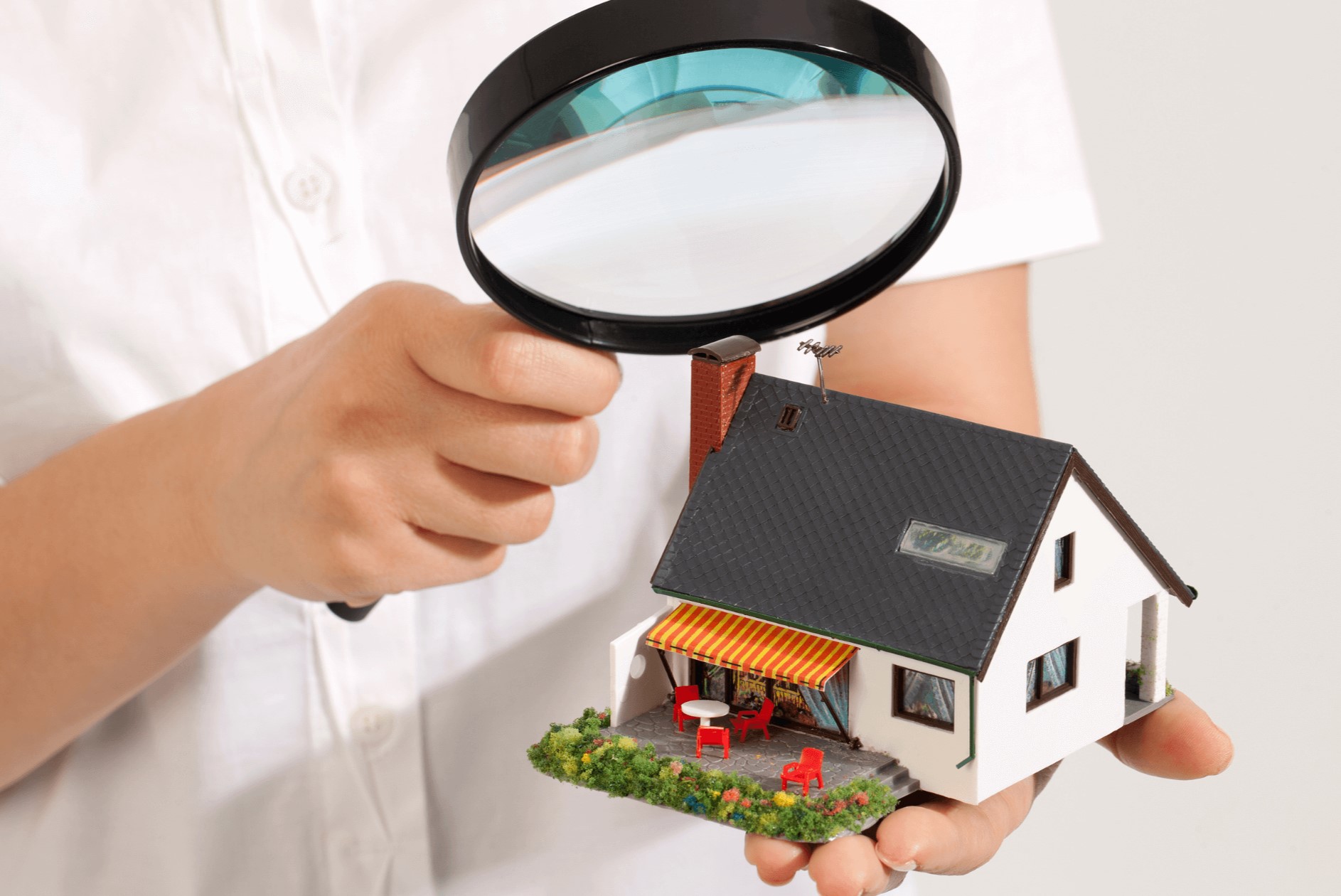
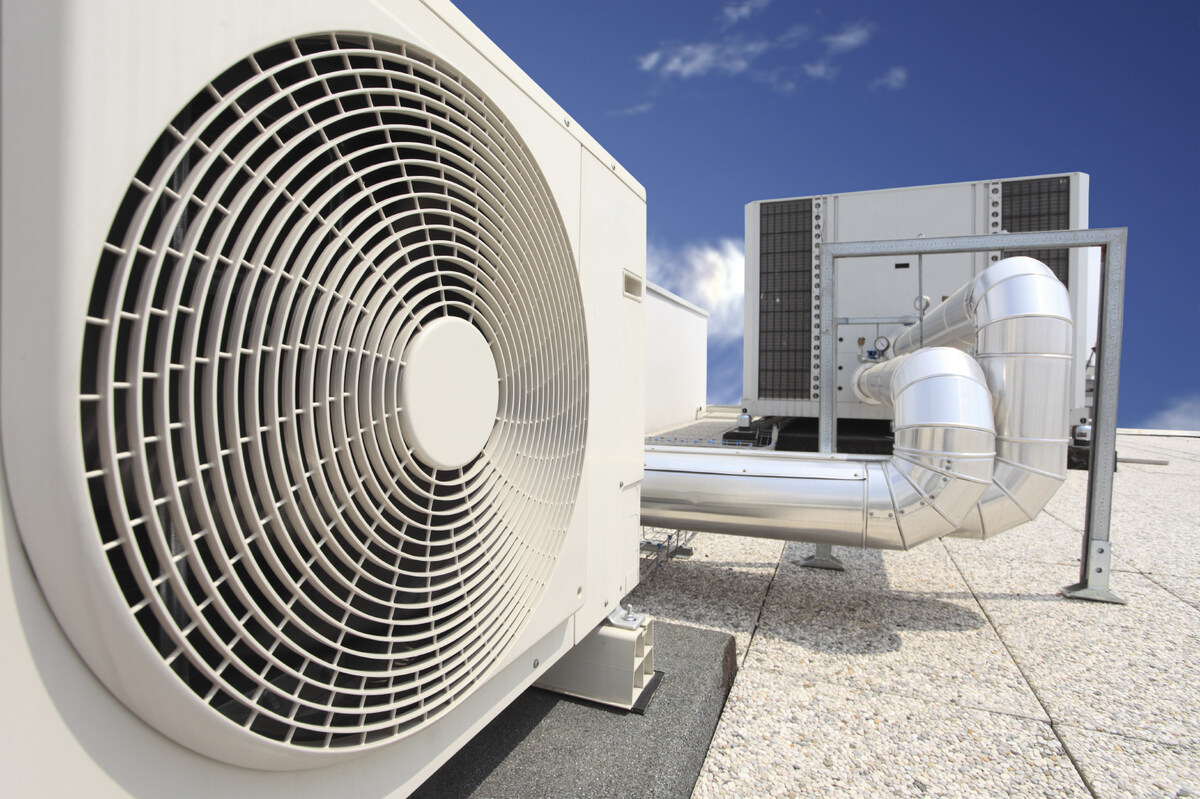
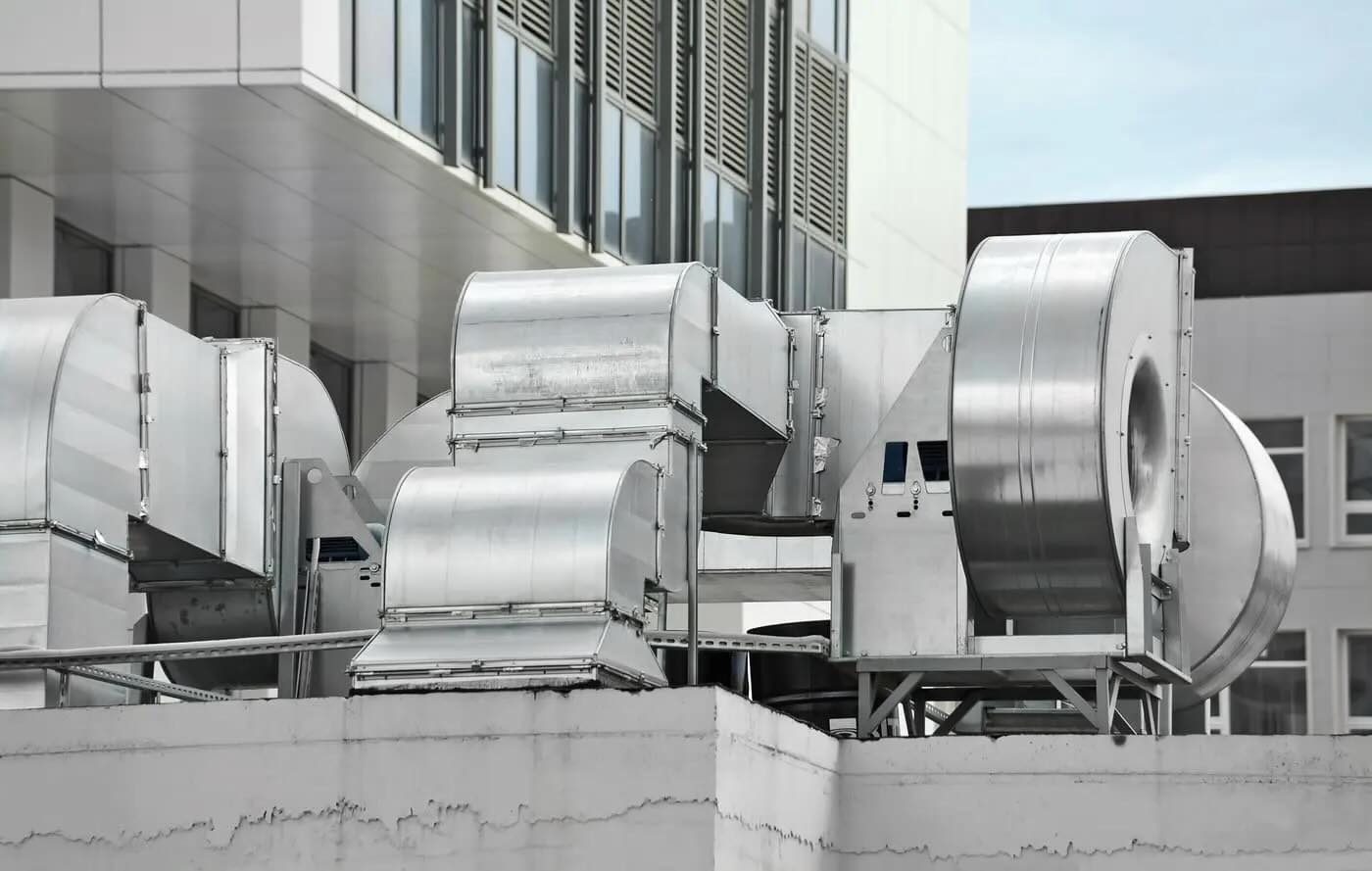

0 thoughts on “What Are Major Issues In A Home Inspection”